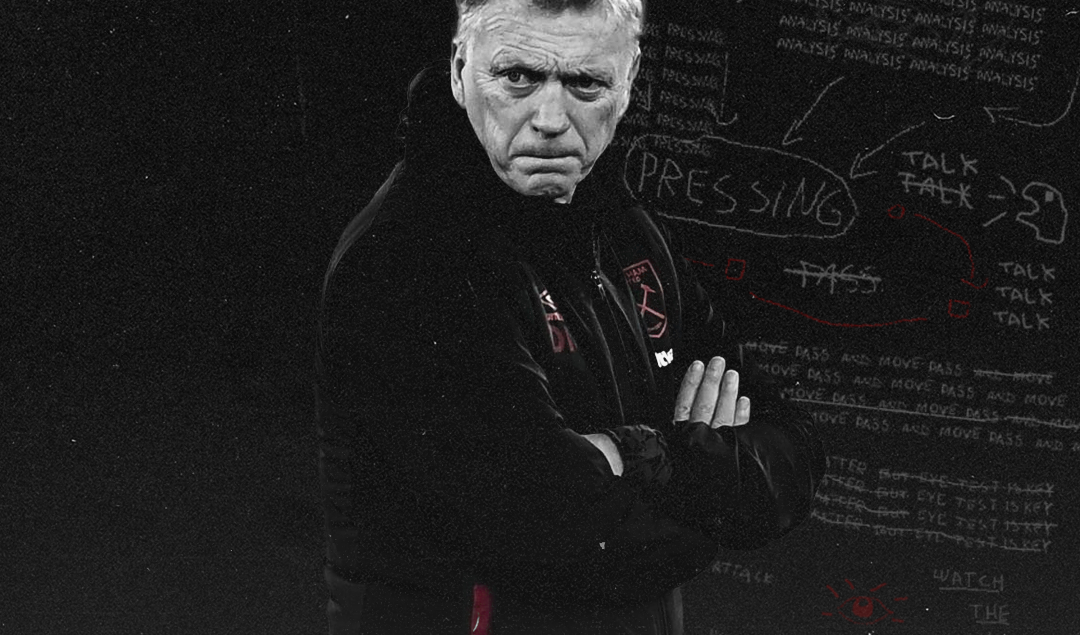The Shadowed Sprint: Theo Walcott’s Injuries and Everton’s Unseen Fight
Football celebrates speed—the blur of a winger racing down the flank, the ball at their feet, the crowd on edge, let alone sports bettors, who are most excited to place the right wager on digital platforms such as 1xbet app download. For Theo Walcott, that speed defined him, a gift that carried him to Everton with promise. Yet, injuries shadowed his journey, turning his pace into a fragile weapon. This isn’t about specific games or seasons; it’s about a personal story of setbacks and persistence that mirrors Everton’s own quiet defiance. For readers seeking depth, Walcott’s tale reflects the courage to keep going when the body falters, a fight that resonates way beyond the pitch.
Walcott arrived at Everton as a seasoned player, known for his lightning runs and sharp finishing from his Arsenal days. His ability to outpace defenders and cut inside with purpose brought excitement to Goodison Park. But his body didn’t always cooperate—recurring injuries slowed him, pulling him off the field when his legs begged to sprint. The physical toll was clear: a sprinter grounded, forced to watch from the sidelines. More than that, the mental strain lingered—frustration, doubt, the question of whether he could reclaim what once came so naturally.
For Everton, this story fits a broader pattern. The club has long carried a reputation for tenacity, a team that battles through lean years and fierce competition with a stubborn will. Walcott’s struggles echo that spirit—not loud or showy, but steady. His time on the treatment table wasn’t just a personal loss; it was a test of resolve, a chance to adapt rather than surrender. Each return to the pitch, however brief, showed a refusal to let setbacks write the ending. It’s a quality fans recognize in their club, a thread tying player and team together.
The emotional weight of injuries isn’t simple. When speed is your strength, losing it—even temporarily—can feel like losing yourself. Walcott’s pace wasn’t just a skill; it was his identity, a tool that shaped how he played and how others saw him. Studies on athlete psychology suggest that injuries often hit hardest when they threaten a core trait, stirring uncertainty about the future. For Walcott, the mental battle likely matched the physical one—pushing through rehab, waiting for his legs to respond, hoping to feel that burst again. Readers might explore this further, as research into recovery’s mental side continues to grow.
His persistence offers a different view of success. Goals and assists measure a footballer’s worth, but Walcott’s fight adds another layer—redefining what victory looks like. Coming back from injury isn’t glamorous; it’s slow, repetitive, uncertain. Yet, each step forward was a quiet win, a moment where will outran pain. Everton’s history carries similar undertones—triumphs earned through grit, not always glitter. Walcott’s story doesn’t need a trophy to matter; it’s about the courage to keep sprinting, even when the shadow looms.
This isn’t a universal tale, though. Injuries affect players differently—some recover fully, others never do. Current sports science shows that outcomes depend on factors like injury type, age, and support systems. Walcott’s path is his own, not a rule. Compare him to someone like Leighton Baines, another Everton figure who faced physical hurdles, and the differences emerge. Readers could dig into these contrasts themselves, as the science isn’t settled. What holds for one might shift for another, a reminder of football’s unpredictability.
In the end, Walcott’s shadowed sprint reflects Everton’s unseen fight—a player and club bound by resilience. His injuries didn’t erase his speed; they reframed it, showing that the real race is often off the field. For those who follow the Toffees or simply ponder the game’s deeper currents, his journey suggests that success isn’t just in the dash—it’s in the refusal to stop. That quiet defiance, shared between man and team, keeps the fight alive, no matter the odds.
